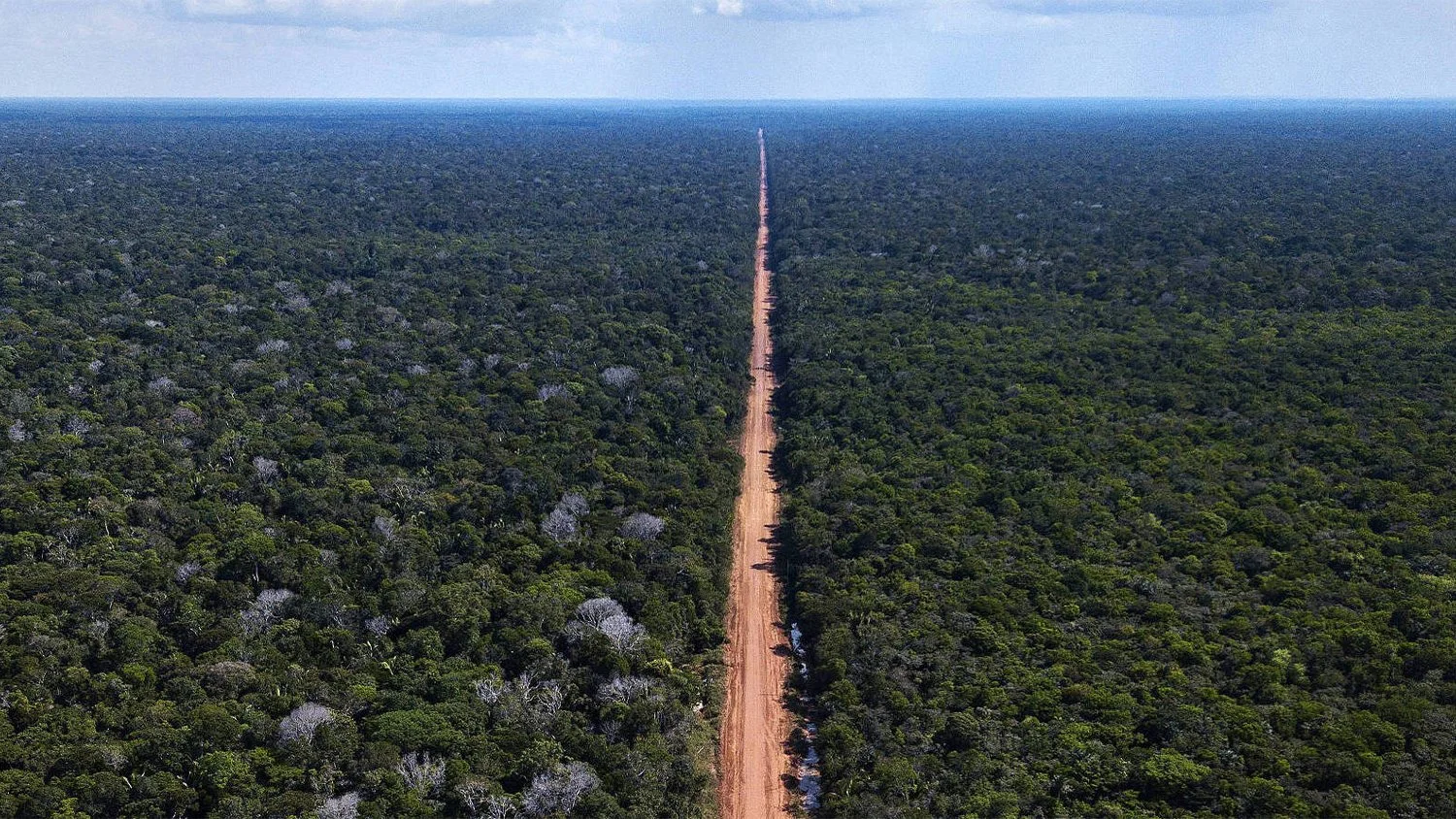
Roads
The Trans Amazon Highway Mongabay
https://news.mongabay.com/2022/09/road-network-spreads-arteries-of-destruction-across-41-of-brazilian-amazon/
The creation of roads in the Amazon involves not just habitat destruction but also widespread habitat fragmentation. Naturally, roads are built for vehicles—and those vehicles bring with them air pollution, oil leaks, tire particles (Mongabay, 2024), and wildlife collisions that result in roadkill.
However, the real issue with roads isn’t just the immediate environmental impact. Roads are lynchpins of deforestation. They serve as connectors—linking remote deforestation fronts to urban centers. Roads allow goods to flow out of the forest, such as cattle, soy, timber, and minerals, and they allow labor to flow in. Without roads, many of the industries driving deforestation simply wouldn’t be viable.
Surprisingly, it’s not always the big highways like the Trans-Amazonian Highway (which stretches from Peru to eastern Brazil; Goulding et al., 2003) that do the most damage. The real culprits are the secondary roads—those that branch off from main arteries and spread into the forest. These roads open up large areas to development, especially agriculture, and they create what's known as the fishbone pattern of deforestation (Killeen, 2023).
The Fishbone Pattern of Deforestation (The Living Rainforest)
This fishbone pattern allows deforestation to spread exponentially rather than linearly. It starts with a major road connecting urban centers to high-value extractive sites like mines and oil wells. From there, secondary roads branch out, bringing in farmers and settlers. As agriculture spreads along these secondary roads, the fishbone pattern emerges. Over time, population density increases, new urban centers develop, and more roads are built to connect them—creating a self-perpetuating cycle of deforestation.
References:
(January 10, 2024) Unmasking the environmental road of tires Mongabay
https://www.youtube.com/watch?v=zDccR4sCyqI&list=PL836nAPy24C8SM5FSRZ2qxtBafYpILpx8&index=4
Goulding Michael, Barthem Ronaldo, Ferreira Efrem (2003) The Smithsonian Atlas of the Amazon
Killeen Timothy J.(2023) A Perfect Storm in the Amazon Wilderness Second Edition
Forest Biomass The Living Rainforest
https://livingrainforest.org/our-world-from-space/forest-biomass
